Bhavna Yadav: Quiet Luxury in Motion: A Conversation Between Craft and Calm An in-depth interview with designer Bhavna Yadav on her latest cream-toned handbag collection
CALEB SCHAFTLEIN,
Could you please introduce yourself professionally and tell us a bit about your journey as an accessory designer?
My name is Bhavna Yadav. I am from India and began my career in the fashion industry there, working for three years before moving to the USA to pursue my master’s degree in Fashion Management at Parsons. I wanted to understand not only the creative side of fashion but also the business strategies behind it, and how they differ from the systems I had experienced in India. My journey into accessories began during my undergraduate studies. I was drawn to the unique intersection of function and style that handbags and accessories offer, and I knew this was where I could truly bring my creativity to life.
What has been the driving passion throughout your design journey? Was there a pivotal moment or influence that sparked your start?
One of the most defining moments in my career was when I visited Bikaner to work on my Usta Kala project. Usta Kala is an ancient craft, rich in history and artistry, and the experience opened my eyes to how much India has to offer the world in terms of heritage craftsmanship. Seeing how these crafts have survived for generations inspired me to integrate traditional techniques into my modern designs, as a way of both honoring and helping preserve them.
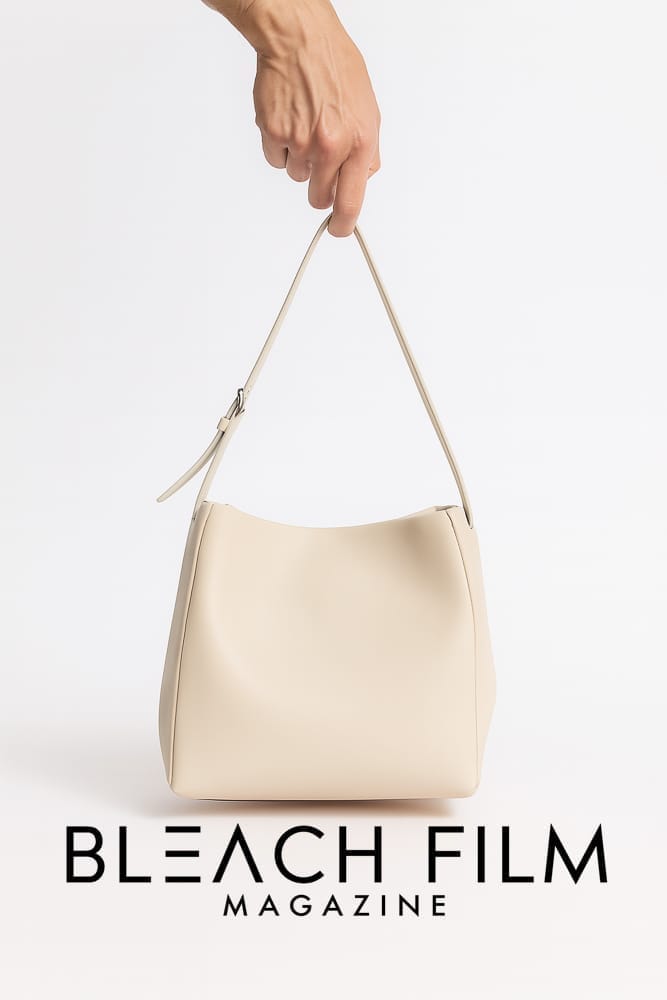
Could you walk us through your creative process when developing a new handbag collection?
My process always begins with inspiration and market research. I explore cultural influences, material possibilities, and emerging trends to understand the mood and direction of the season. From there, I sketch initial concepts, refine them into technical drawings, and begin sourcing materials. Once the prototypes are made, I test them for comfort, functionality, and finish before approving the final samples.
As an accessory designer, what do you believe sets your designs apart in a highly competitive industry?
I believe staying true to your own perspective is the key to standing out. Trends will come and go, but if your work is rooted in authenticity, in your values, inspirations, and creative voice, it will always feel fresh and relevant.
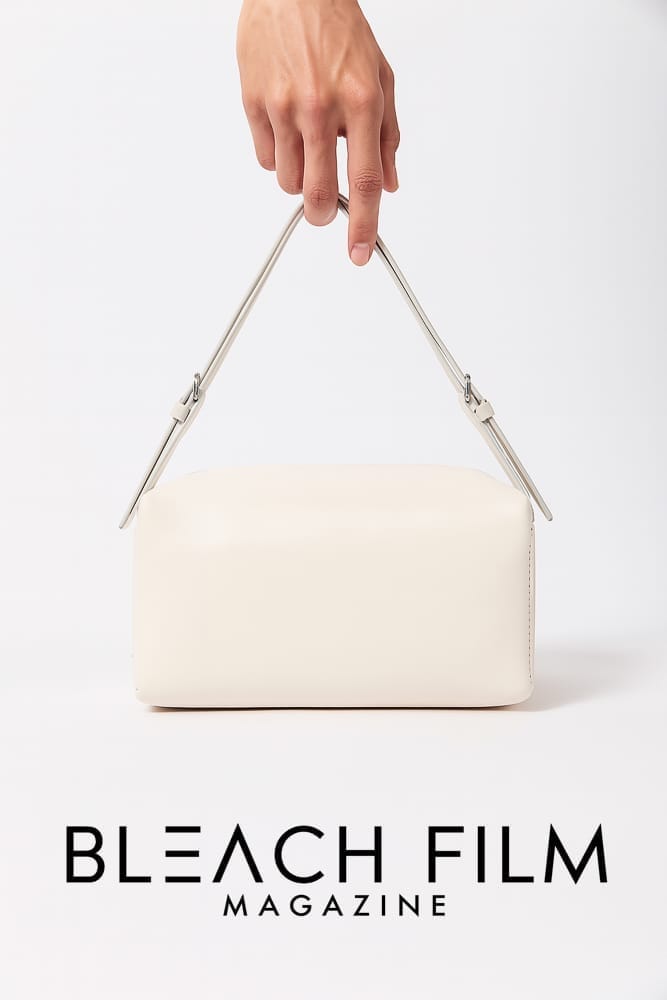
Where do you typically draw inspiration from, whether materials, culture, architecture, or daily life?
My inspiration comes from many sources. Nature often plays a big role, as do cultural traditions and architecture. I am also influenced by the textures and colors I find while traveling, whether it’s the weathered walls of an old building, the intricate weave of a textile, or the way light falls on a surface. My Indian heritage and its rich history of craftsmanship also remain a constant influence.
In your opinion, what are the most essential elements of a standout handbag, both functionally and aesthetically?
For me, the top priority is always comfort and functionality. A handbag should work with you, not against you. But equally important are the details, the stitching, the hardware, the proportions, these are what elevate a design from simple to exceptional.
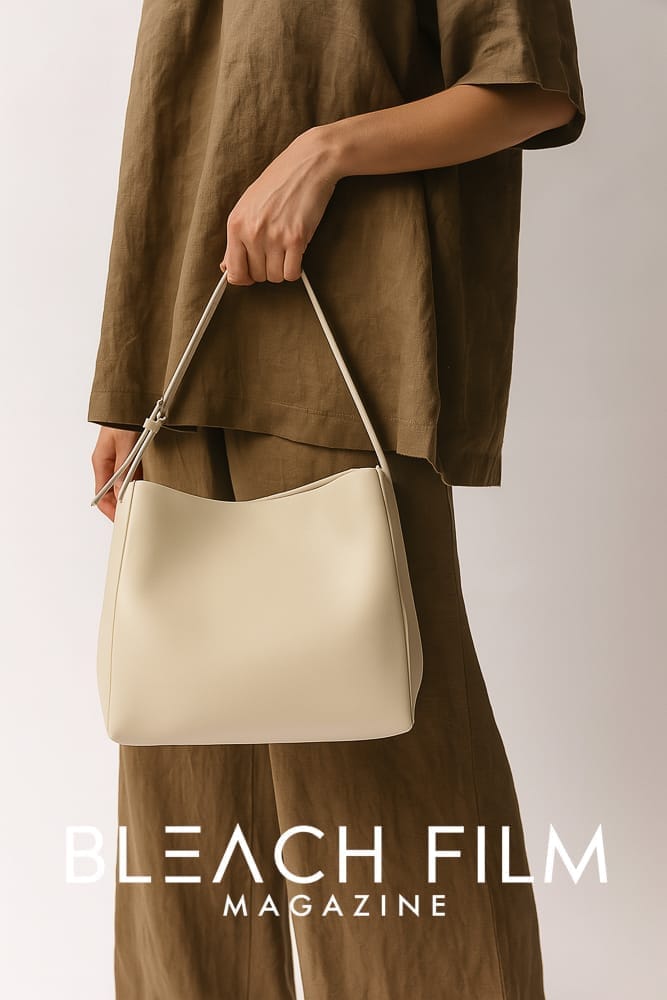
Are there other designers, artists, or creatives who have influenced your work or philosophy? Who inspires you?
I draw inspiration from both established designers and unknown artisans. Designers like Phoebe Philo for her understated sophistication, and Jonathan Anderson for his playful approach to structure, inspire me. But equally, the artisans I’ve met in India, who work quietly yet masterfully on crafts passed down through generations, influence my philosophy in profound ways.
What does your design refinement process look like, from sketches to final samples? Any behind-the-scenes techniques you swear by?
Once my sketches are ready, I move into detailed technical drawings that account for every stitch, seam, and measurement. I always create physical mock-ups, sometimes even in paper or fabric scraps, before moving to leather, to ensure proportions feel right. During sampling, I am very particular about edge finishing, hardware weight, and how the bag feels when carried. I believe in refining until there is nothing left to take away.
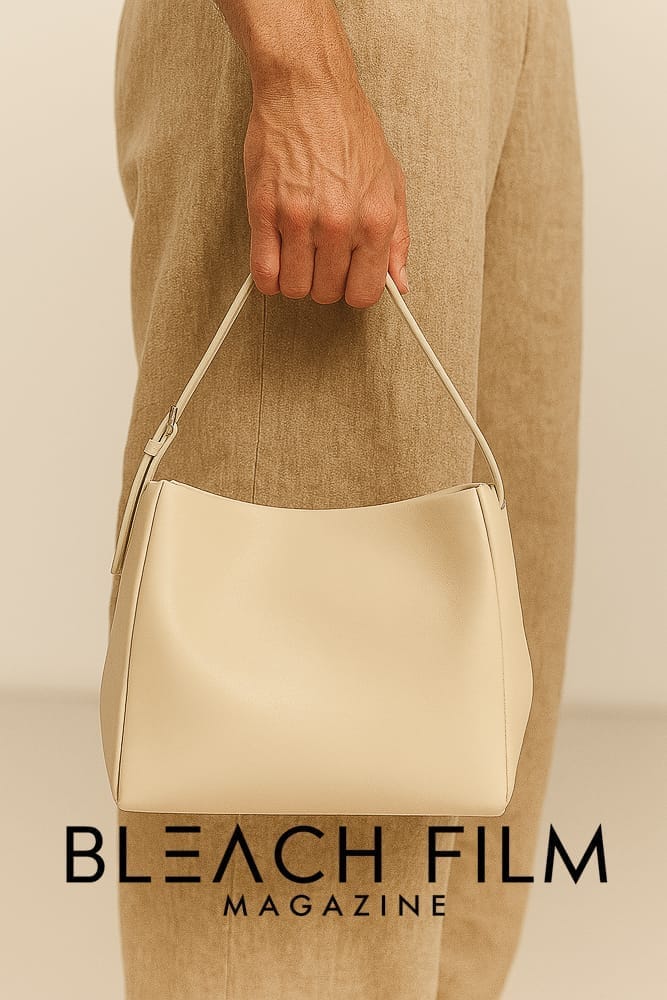
What advice would you offer to aspiring accessory designers about developing their own style and voice in the fashion world?
Spend time exploring different techniques and inspirations, but listen closely to what feels authentic to you. Don’t chase trends; instead, focus on refining your personal vision. Your unique perspective is your most valuable asset.
What is your favorite piece from your new collection, and why is it particularly meaningful to you?
One of my favorites is the softly structured cream bag. Its design balances modern minimalism with subtle curves inspired by natural forms. It’s versatile enough for everyday use, yet refined enough for evening wear. For me, it perfectly represents the collection’s theme of quiet luxury and intentional design.
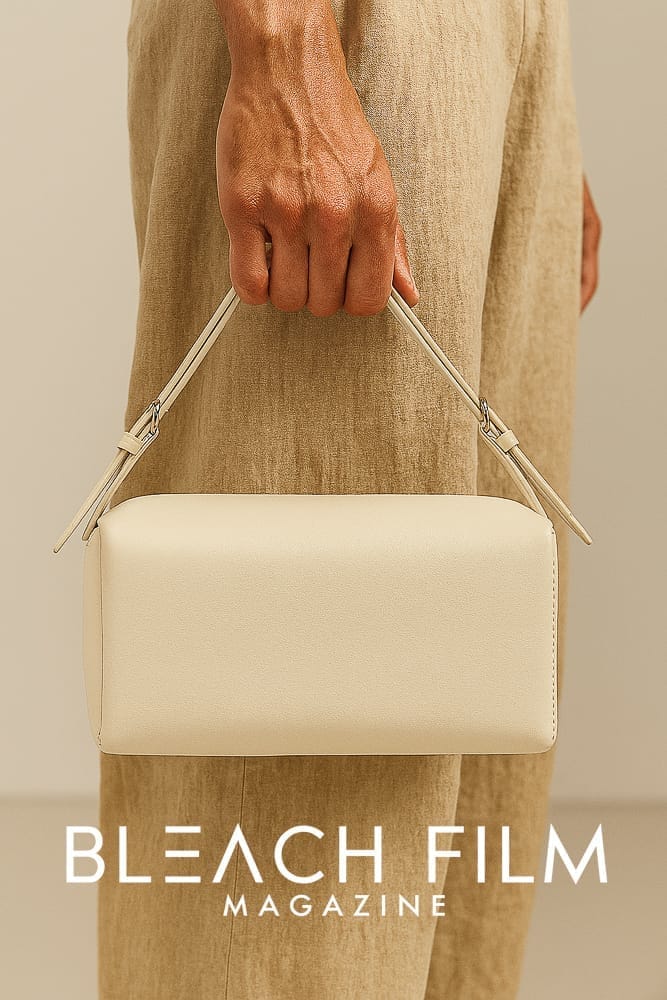
Can you tell us about an upcoming project you're working on and the vision behind it?
I’m currently developing a capsule inspired by ancient Indian temple architecture, playing with form, shadow, and repetition. It’s about translating structural sacredness into everyday carry. I want to create something that feels meditative in both design and function.
Could you share the story and concept behind the handbags featured in this shoot? How do they reflect the theme of "Quiet Luxury in Motion"?
These bags were designed to embody calmness and confidence. The cream tone represents stillness and purity, while the minimal shapes allow the craftsmanship and material quality to shine. “Quiet Luxury in Motion” is about pieces that move with you through your day, seamlessly fitting into different spaces without demanding attention, yet always making a refined statement.

Accessory Designer: Bhavna Yadav @ybhavana

